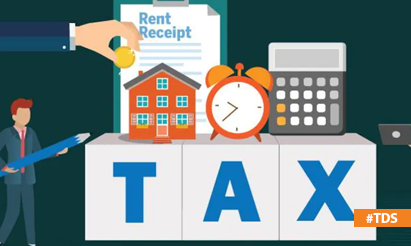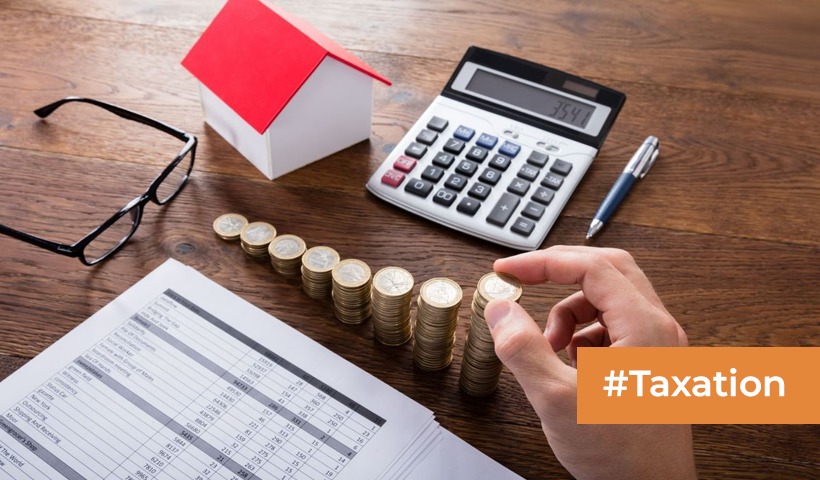What is PITI?
When diving into the world of mortgages, one term you’ll come across is PITI. PITI stands for Principal, Interest, Taxes, and Insurance. It encapsulates the various components of your mortgage payment beyond just the loan amount and interest. Let’s break down each element:
- Principal: The principal is the amount borrowed from the lender to purchase the home. Each month, a portion of your mortgage payment goes towards reducing this principal balance.
- Interest: Interest is the cost of borrowing money from the lender. It’s calculated based on the remaining principal balance and the interest rate agreed upon in your mortgage contract. In the initial years of a mortgage, a significant portion of your payment goes towards paying off the interest.
- Taxes: Property taxes are imposed by local governments and are based on the assessed value of your property. The tax amount varies depending on where you live and the value of your home. Your lender may collect property taxes as part of your monthly mortgage payment and hold them in an escrow account to ensure they are paid on time.
- Insurance: Mortgage insurance protects the lender in case the borrower defaults on the loan. There are different types of insurance that may be included in your mortgage payment:
- Homeowners Insurance: This insurance protects your home and belongings against damages or loss due to covered events such as fire, theft, or natural disasters.
- Private Mortgage Insurance (PMI): If you make a down payment of less than 20% of the home’s purchase price, lenders typically require you to pay PMI to mitigate their risk.
- Flood Insurance: If your home is located in a designated flood zone, you may be required to carry flood insurance.
Understanding PITI is crucial for budgeting and financial planning when buying a home. Lenders often use the PITI ratio to assess a borrower’s ability to afford a mortgage. This ratio compares the total PITI payment to the borrower’s gross monthly income. Lenders typically prefer a PITI ratio of 28% or lower.
It’s essential to consider PITI along with other expenses associated with homeownership, such as maintenance costs, utilities, and HOA fees. By understanding PITI and its components, you can make informed decisions when shopping for a mortgage and ensure that you can comfortably afford your monthly payments.
Calculating your PITI payment is a straightforward process that involves adding up the principal, interest, taxes, and insurance associated with your mortgage.
Here’s a step-by-step guide on how to calculate your PITI payment:
- Principal and Interest: Start by determining the principal and interest portion of your mortgage payment. You can use a mortgage calculator or consult your loan documents to find this information. The principal and interest amount is based on the loan amount, interest rate, and loan term.
- Taxes: Next, calculate the annual property taxes for your home. You can typically find this information on your property tax bill or by contacting your local tax assessor’s office. Once you have the annual tax amount, divide it by 12 to get the monthly tax payment.
- Insurance: Determine the cost of homeowners insurance for your property. This information can be obtained from your insurance provider. Like property taxes, divide the annual insurance premium by 12 to find the monthly insurance payment.
- Add Up: Add the principal, interest, taxes, and insurance together to get your total PITI payment. This represents the total amount you’ll need to pay each month to your lender to cover all aspects of your mortgage.
It’s important to note that your PITI payment may also include other expenses, such as private mortgage insurance (PMI) or homeowners association (HOA) fees, depending on your specific situation. Be sure to account for these additional costs when calculating your total monthly housing expenses.
By understanding how to calculate your PITI payment, you can get a clear picture of your total monthly housing expenses and ensure that you’re financially prepared for homeownership. It’s also helpful to review your PITI payment periodically, especially if there are changes to your property taxes or insurance premiums, to adjust your budget accordingly.
While PITI covers the primary components of your mortgage payment, there are certain expenses that are not included in this acronym. It’s essential to be aware of these additional costs when budgeting for homeownership.
Here’s what is not included in PITI:
- Utilities: Your monthly utility bills, such as electricity, water, gas, and trash collection fees, are not included in PITI. These expenses are separate from your mortgage payment and vary depending on usage and local utility rates.
- Home Maintenance and Repairs: PITI does not account for the costs associated with maintaining and repairing your home. This includes routine maintenance tasks like lawn care, HVAC servicing, and minor repairs, as well as unexpected expenses for major repairs or renovations.
- Homeowners Association (HOA) Fees: If your property is part of a homeowners association, you may be required to pay HOA fees. These fees typically cover the maintenance of common areas, amenities, and community services. HOA fees are separate from your mortgage payment but may be included in your overall housing expenses.
- Special Assessments: In some cases, homeowners may be subject to special assessments by their local government or homeowners association for specific community improvements or repairs. These assessments are not included in PITI and are additional expenses that homeowners may incur.
- Extra Insurance Coverage: While basic homeowners insurance is included in PITI, additional insurance coverage, such as umbrella insurance or specific coverage for valuable items like jewelry or artwork, is not accounted for in the acronym.
- Flood Insurance (if applicable): If your property is located in a designated flood zone, you may be required to purchase flood insurance. This additional insurance coverage is not included in PITI but is essential for protecting your home against flood-related damages.
Why PITI is important:
Comprehensive Budgeting: PITI provides a comprehensive view of your monthly housing expenses by including principal, interest, taxes, and insurance. Having a clear understanding of your PITI payment allows you to create a more accurate budget that encompasses all aspects of homeownership, helping you avoid financial surprises and ensuring you can afford your mortgage payments.
- Lender Requirement: Lenders often consider PITI when evaluating a borrower’s eligibility for a mortgage. Lenders use the PITI ratio—a comparison of the total PITI payment to the borrower’s gross monthly income—to assess the borrower’s ability to afford the mortgage. Meeting the lender’s PITI ratio requirements is essential for securing a mortgage loan.
- Risk Management: PITI helps homeowners and lenders manage financial risk associated with homeownership. Including taxes and insurance in the mortgage payment ensures that these essential expenses are paid on time, reducing the risk of delinquency or foreclosure. Additionally, lenders may require borrowers to maintain certain insurance coverage, such as homeowners insurance and, if applicable, flood insurance, to protect their investment in the property.
- Tax Planning: Property taxes, which are a component of PITI, may be deductible on your federal income tax return, providing potential tax benefits for homeowners. Understanding the portion of your PITI payment allocated to property taxes can help you optimize your tax planning strategies and maximize available deductions.
- Insurance Coverage: PITI ensures that homeowners maintain adequate insurance coverage to protect their investment in the property. Including homeowners insurance in the mortgage payment helps ensure continuous coverage against damages or losses due to covered events, providing peace of mind for homeowners.
- Affordability Assessment: PITI helps borrowers assess the affordability of homeownership by considering all associated expenses beyond just the mortgage principal and interest. By understanding their PITI payment, borrowers can make informed decisions about purchasing a home that aligns with their financial situation and long-term goals.
In conclusion, PITI is important because it provides a comprehensive view of your monthly housing expenses, helps lenders assess borrower eligibility, manages financial risk, facilitates tax planning, ensures adequate insurance coverage, and assists in evaluating the affordability of homeownership. By understanding and budgeting for PITI, homeowners can navigate the home buying process more effectively and ensure they can comfortably afford the costs associated with owning a home.
Disclaimer: The views expressed above are for informational purposes only based on industry reports and related news stories. PropertyPistol does not guarantee the accuracy, completeness, or reliability of the information and shall not be held responsible for any action taken based on the published information.




